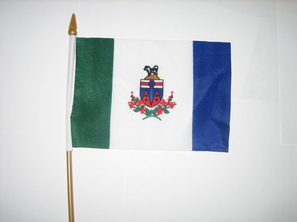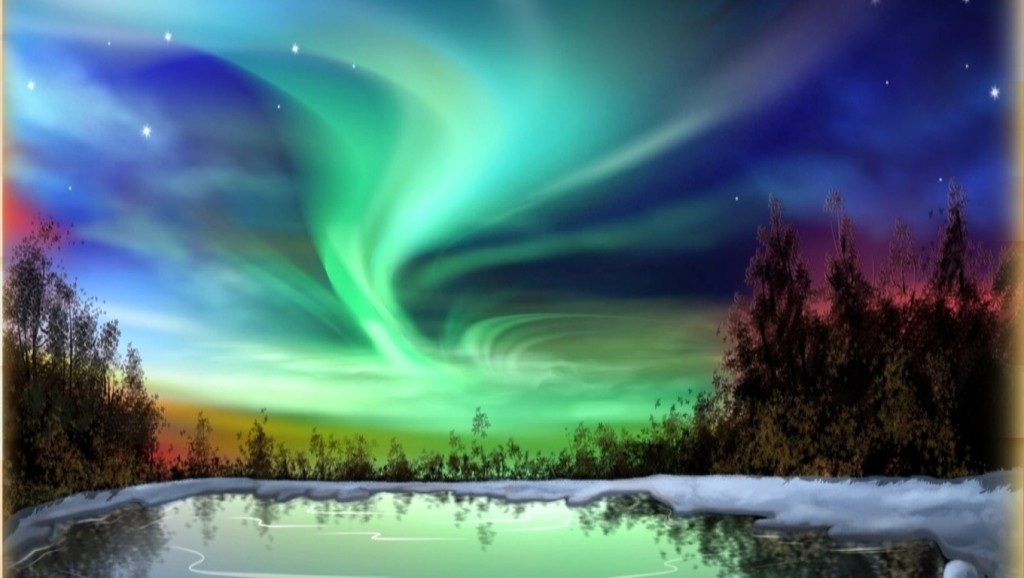Analysis Chapters 6-7 with Angela Harris  We started our class with a journal prompt on the subject of deja vu. If we could remember a specific instance, did the feeling make us uneasy? Or was it reassuring in some way? Are these experiences related to instinct? We agreed it's really difficult to write about just one experience, as the sensations are fleeting and tend to occur at odd moments, so we wrote more generally about how these sensations make us feel. Of course, we related this discussion to our protagonist, Buck the dog, and the pull of his ancestral beginnings, which could perhaps resemble the feeling of reliving experiences over and over again! We then proceeded through our standard analysis of the prior week's reading (another book finished!) by listing the steps Buck took to become "fully wild" after hearing the call of his brothers in the forest. I was happy to hear that most students were pleasantly surprised that they enjoyed London's novella as much as they did...always a good sign! Literary Analysis: Plot & Themes The last two elements of literary analysis that we are discussing this session are Plot and Themes. Remember for the final (multiple choice) quiz, you need to be able to identify/define these elements. Refer to these notes to make sure you are comfortable with the material. The final quiz will be emailed after February 4 and will need to be completed by the last class of the session -- February 11. We will go over the answers in class. In addition to book content, the final quiz will cover these literary analysis elements. Please also study your Key Facts handout. Plot The author crafts a plot structure to create expectations, increase suspense, and develop characters. The pacing of events can make a novel either predictable or riveting. Foreshadowing and flashbacks allow the author to defy the constraints of time. Sometimes an author can confound a simple plot by telling stories within stories. In a conventional work of fiction, the peak of the story’s conflict—the climax—is followed by the resolution, or denouement, in which the effects of that climactic action are presented. The Call of the Wild is told chronologically without any flashbacks. The reader witnesses Buck’s transformation from the contented, civilized pet of Judge Miller to the “dominant primordial beast” who kills his rival, endures hunger and fatigue, and eventually answers the call of his wild ancestors. As another journal prompt, we pretended that John Thornton survived the final massacre. Do we think Buck would stay with Thornton, or would he still follow the wolves into the forest? What might London be suggesting by killing Buck’s beloved master? I loved that we got a good mix of different answers. The beauty of lit analysis is that it should largely be up to the reader to make decisions about what they believe the author is trying to convey. I try to avoid "dictating" certain points of view, even though they may be accepted as fact in academic environments--you never know when someone may have a thought that is new, interesting, and revealing! Themes Themes are the central, recurring subjects of a novel. As characters grapple with circumstances such as racism, class, or unrequited love, profound questions will arise in the reader’s mind about human life, social pressures, and societal expectations. Classic themes include intellectual freedom versus censorship, the relationship between one’s personal moral code and larger political justice, and spiritual faith versus rational considerations. A novel often reconsiders these age-old debates by presenting them in new contexts or from new points of view. We have covered many of these themes already in Animal Farm and The Chosen, and will be tackling racism and maybe even a little unrequited love before the year is out. As an exercise in identifying themes we did a very simplified version of finding the theme in a work of literature. Students were given five "stories" that were one paragraph in length and then challenged to state the moral or lesson (theme) and then provide an explanation for that statement using the text. This will help prepare them for our upcoming essays in Sessions III and IV. The Yukon and Alaska
Homework and Final Projects
Comments are closed.
|
Categories
All
Archives
May 2016
|



 RSS Feed
RSS Feed